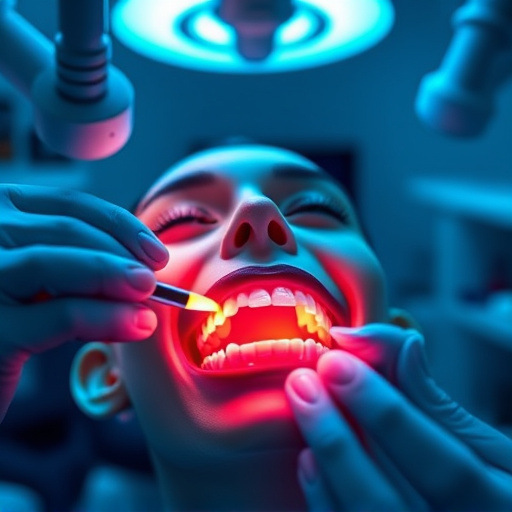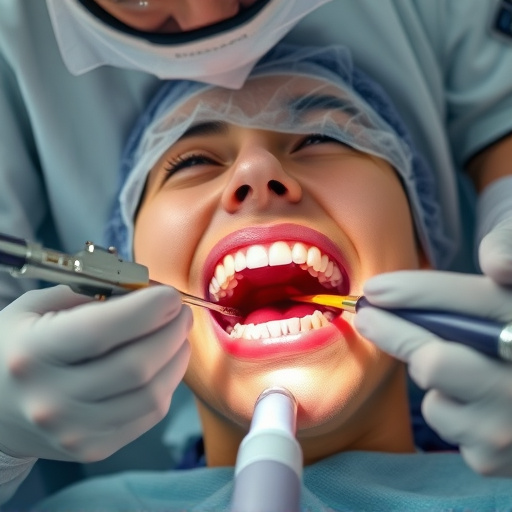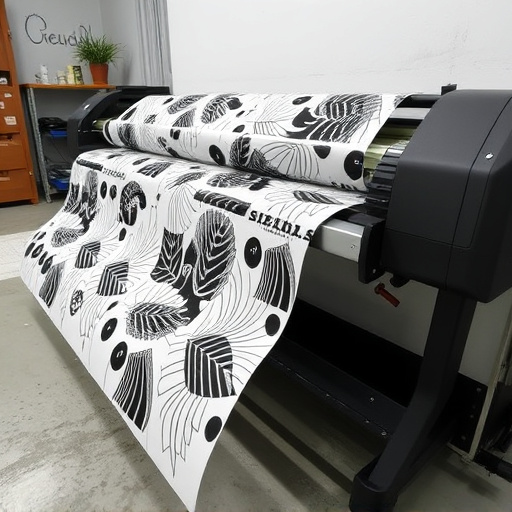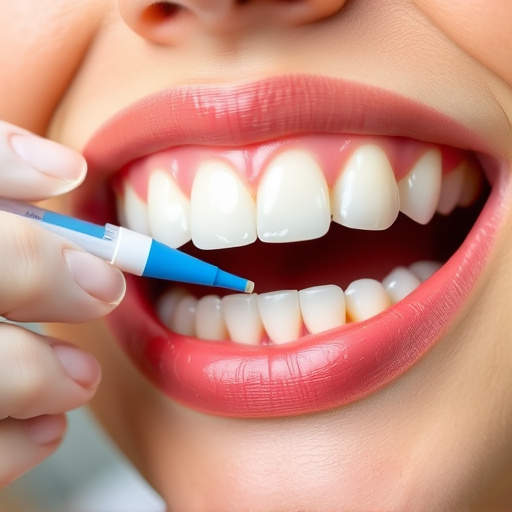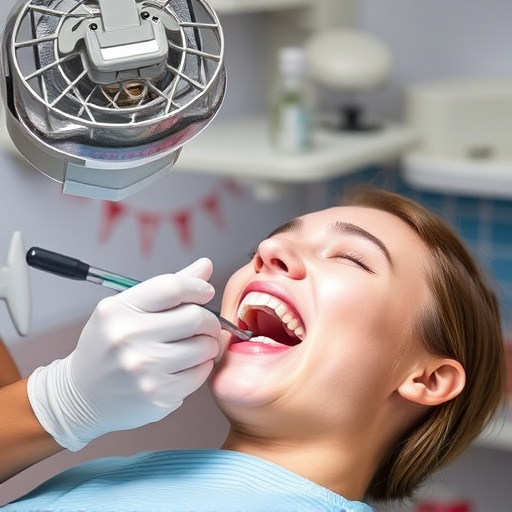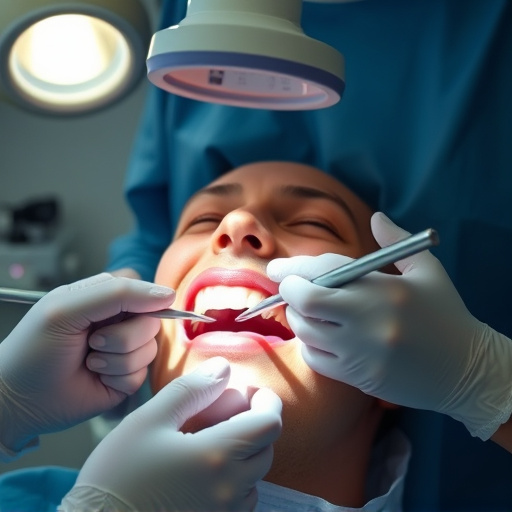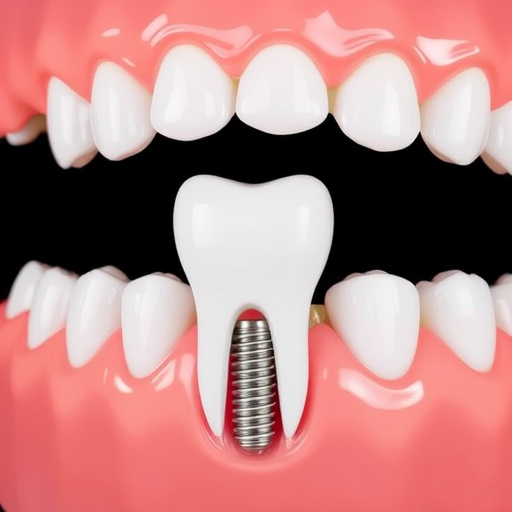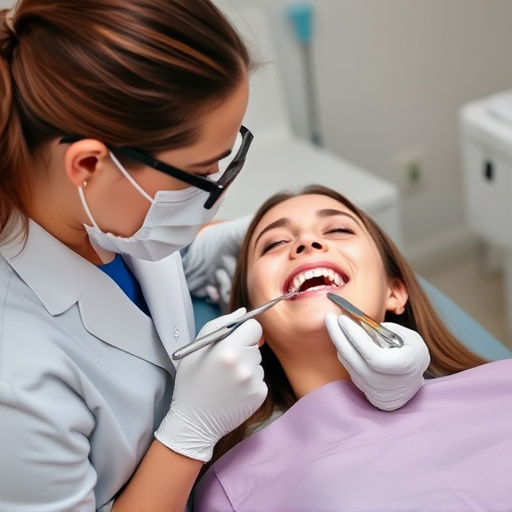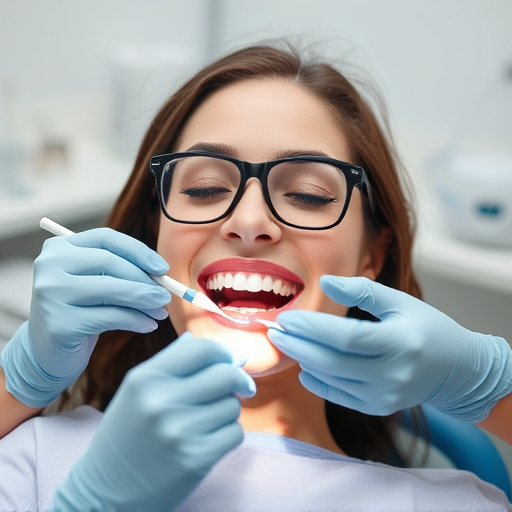Bone grafting treatment replaces missing bone with natural or synthetic materials for structural support and health preservation. Natural grafts offer better compatibility but are location-dependent, while synthetic biomaterials provide consistent availability and controlled composition, suitable for larger defects or cosmetic applications. Synthetic grafts enable quicker dental procedures and enhanced accessibility, though they carry risks of rejection or degradation. Advances in material science have led to more biocompatible synthetic options, improving success rates for various dental procedures.
Bone grafting is a crucial procedure in regenerative medicine, offering hope for those with bone defects or injuries. This article explores two primary approaches: natural and synthetic bone grafts. We delve into the understanding of bone grafting, weighing the benefits and risks of synthetic materials, and examining natural sources, procedures, and considerations. By exploring these options, patients can make informed decisions regarding their bone grafting treatment.
- Understanding Bone Grafting: Natural vs Synthetic Materials
- Benefits and Risks of Using Synthetic Bone Grafts
- Natural Bone Grafts: Sources, Procedures, and Considerations
Understanding Bone Grafting: Natural vs Synthetic Materials

Bone grafting treatment is a surgical procedure that replaces missing bone tissue with either natural or synthetic materials. This process is crucial for maintaining the structure and health of bones, particularly in cases where bone loss has occurred due to trauma, disease, or dental procedures like extraction of teeth. The choice between natural and synthetic materials depends on various factors, including the location and extent of the bone defect, patient’s overall health, and aesthetic considerations.
Natural bone grafting materials, such as autologous bone (taken from another part of the patient’s body), allograft (from a donor), or xenograft (from an animal source), offer advantages like better compatibility and reduced risk of rejection. On the other hand, synthetic materials, including biomaterials like hydroxyapatite and collagen, provide alternatives with consistent availability and controlled composition. For instance, synthetic grafts are often used when there’s a need for larger bone defects or in areas where autologous bone harvest is not feasible, such as in cosmetic fillings or dental crowns supporting dental implants.
Benefits and Risks of Using Synthetic Bone Grafts

Synthetic bone grafts offer several advantages over natural ones. They are often preferred for their convenience and cost-effectiveness. These materials can be easily shaped and adapted to fit various dental procedures, including wisdom tooth removal sites or gaps left by missing teeth. This versatility allows for quicker treatment times in certain scenarios, such as when a patient requires immediate bone replacement during a routine family dentistry visit.
However, synthetic grafts also carry risks. They may not integrate as well with natural bone tissue as their natural counterparts, potentially leading to complications like graft rejection or failure to fuse properly. Additionally, some synthetics can degrade over time, requiring further procedures for maintenance or replacement, which could negate the initial cost savings. Nonetheless, ongoing advancements in material science have led to more biocompatible synthetic options, addressing many of these concerns and making bone grafting treatment more accessible and successful for patients considering procedures like cosmetic fillings.
Natural Bone Grafts: Sources, Procedures, and Considerations
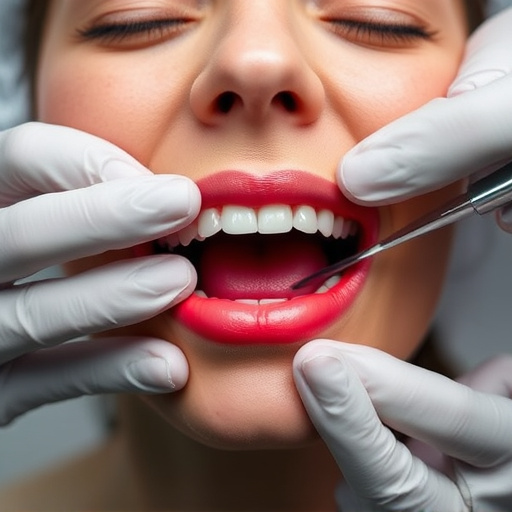
Natural bone grafts have been used for centuries, leveraging materials from the patient’s own body to promote healing and bone regeneration. The most common sources include ribs, iliac bones (from the pelvis), and the mandible. These autologous grafts are considered ideal due to their similarity to native bone tissue, reducing the risk of rejection and enhancing compatibility. During the procedure, a surgeon carefully extracts a small portion of bone from the donor site and places it into the area requiring grafting. This technique is often employed in dental implants, oral surgery, and trauma cases where sufficient healthy bone is available.
While autologous grafts offer numerous advantages, there are considerations to keep in mind. Patient-specific risks associated with surgical extraction of bone from certain areas, such as potential discomfort or complications at the donor site, must be assessed. Moreover, the availability of suitable bone tissue and the size of the required graft can limit this approach. As an alternative, synthetic materials like calcium phosphate and collagen matrices have emerged, providing a readily available and biocompatible solution for bone grafting treatment. These options, often combined with growth factors and other advanced technologies, contribute to enhanced osseointegration and improved clinical outcomes in various dental procedures.
Bone grafting treatment using natural or synthetic materials offers a promising solution for regenerating bone tissue. Understanding the differences between these options—from the benefits and risks associated with synthetics to the sourcing and considerations of natural grafts—is crucial for informed decision-making. Whether synthetic materials provide quicker healing with controlled biodegradability or natural sources offer biocompatibility and osteoconduction, both approaches have their merits. Ultimately, a thorough discussion with a healthcare professional will help determine the best bone grafting treatment option tailored to individual needs.
